Siemens researching thermoelectric waste heat recovery for lower grade exhaust; industrial and mobile application
Green Car Congress
OCTOBER 23, 2012
Siemens is researching technologies that would allow waste heat from vehicles and industrial facilities to be used efficiently. To date, exhaust gas has generally only been used if it was hundreds of degrees Celsius hot. Here, a prototype is being used to study the potential of recovering heat from a car’s exhaust.



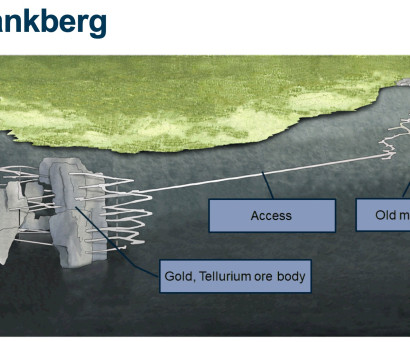




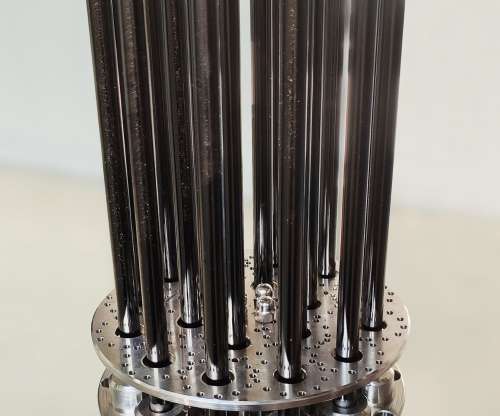
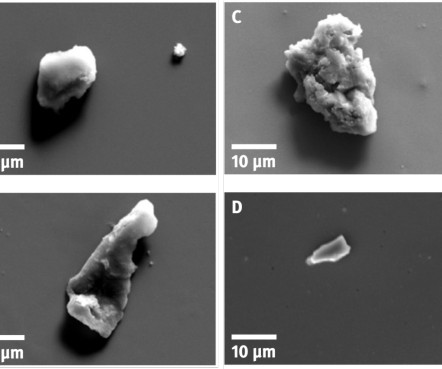


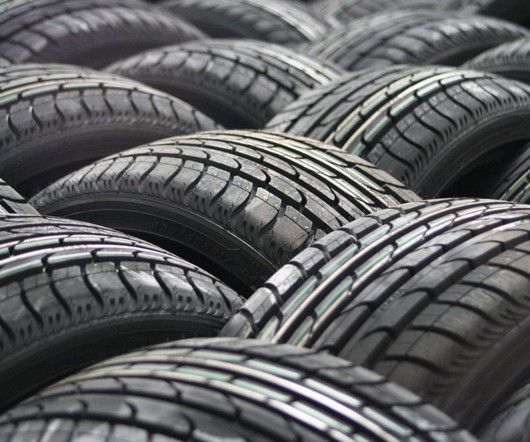
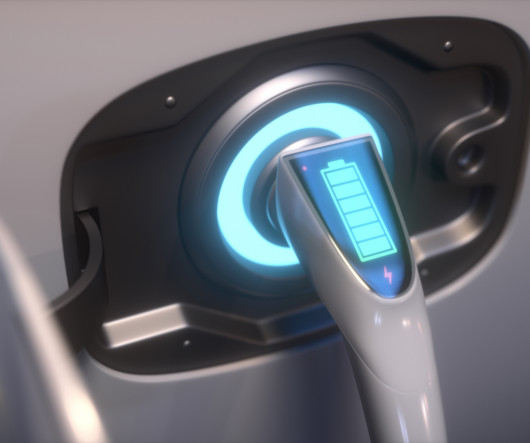


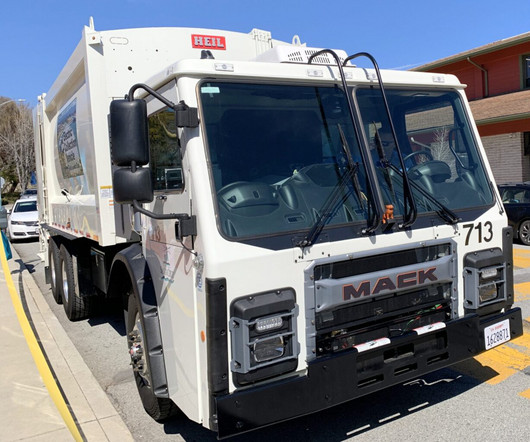
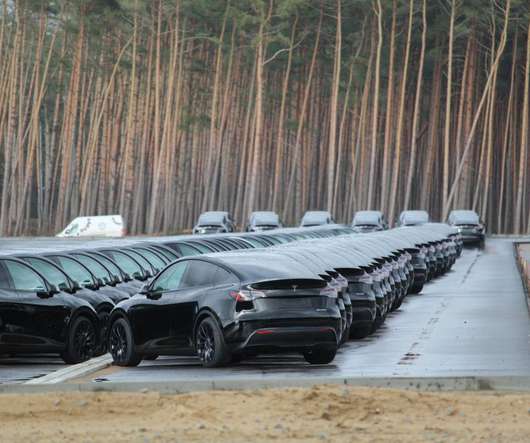
























Let's personalize your content